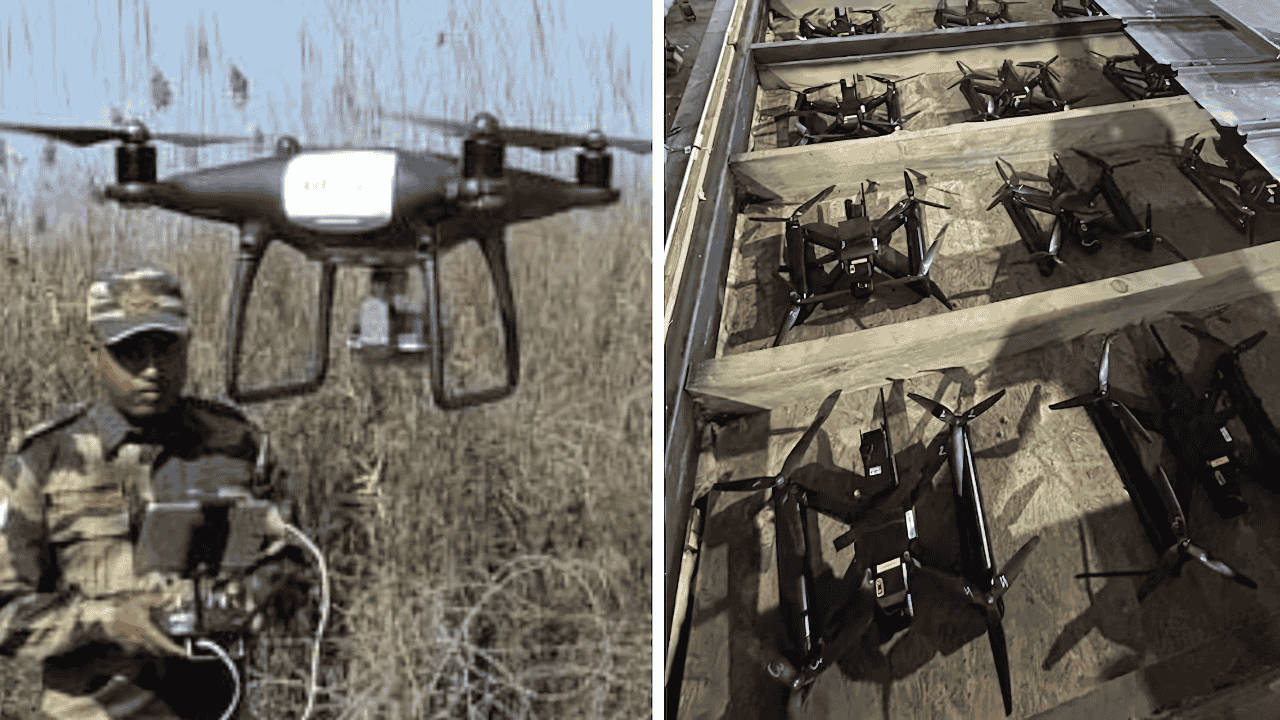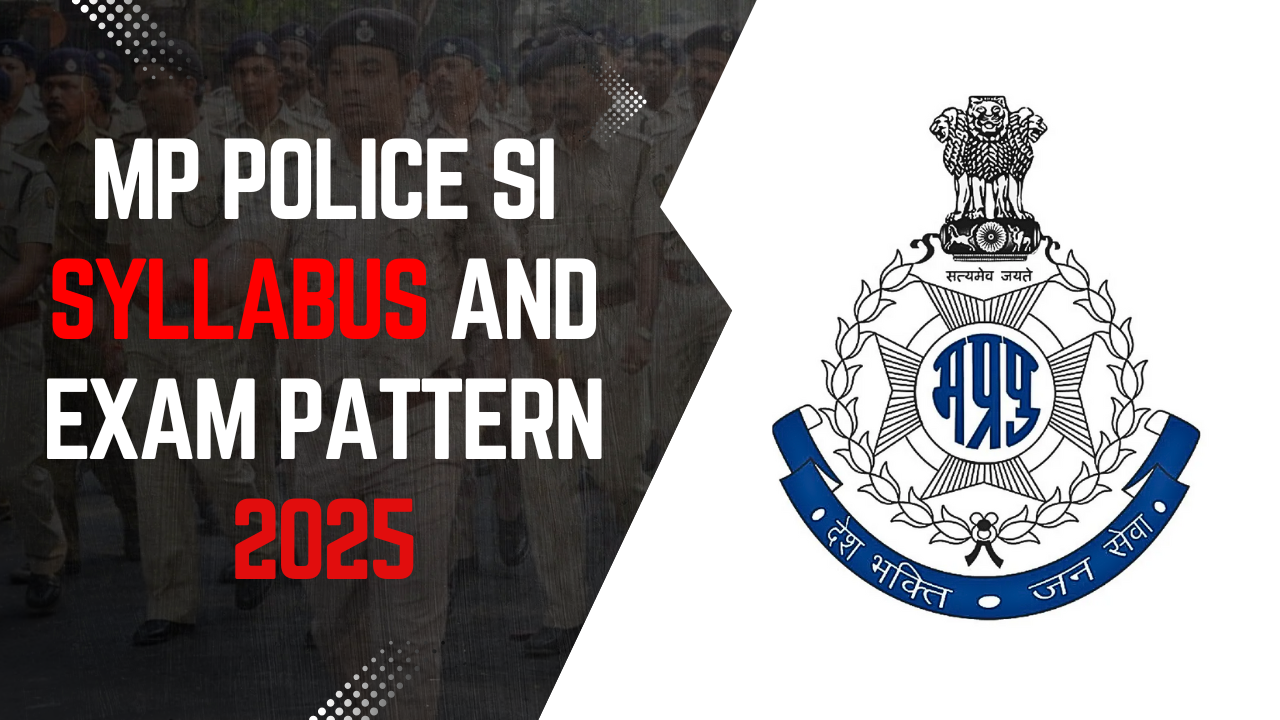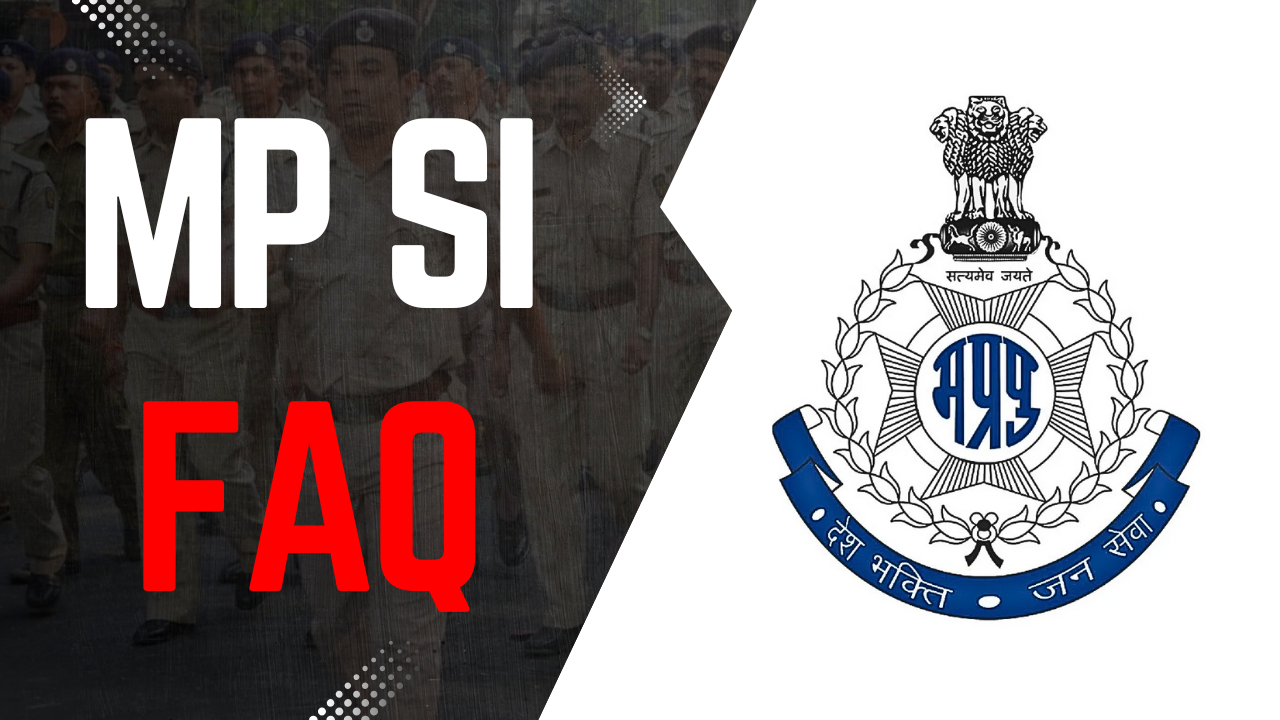Ukraine is dramatically scaling up its defensive capabilities in response to Russia's intensifying drone warfare campaign. President Volodymyr Zelensky has announced an ambitious target to produce 500-1,000 interceptor drones daily, marking a significant shift in modern aerial defense strategy.
The Drone Warfare Escalation
Russian Attack Intensity
Russia has dramatically increased its drone offensive against Ukraine, with attacks reaching unprecedented levels. In July 2025, Russia launched over 1,800 drones, setting a new record with 728 drones in a single night on July 9. Military experts warn that Russia plans to launch up to 2,000 drones simultaneously, with daily attacks potentially reaching 1,000 units.
The attacks primarily utilize Iranian-designed Shahed drones, which Russia produces domestically under the name "Geran-2". These drones cost between $20,000-$50,000 each but can cause millions in damage, making them a cost-effective weapon for sustained attacks.
Evolution of Russian Drone Technology
Russian engineers have significantly upgraded the original Iranian Shahed design, incorporating several key improvements:
Enhanced altitude capabilities: Flying at up to 4,000 meters to avoid ground-based defenses
Improved jamming resistance: Better electronic warfare protection
Thermobaric warheads: More destructive payload options
Artificial intelligence: Autonomous operation capabilities
Faster variants: Jet-powered versions under development
Ukraine's Interceptor Drone Response
Technical Specifications
Interceptor drones are specialized UAVs designed to detect, pursue, and destroy enemy aircraft. Ukrainian interceptor drones demonstrate impressive capabilities:
Speed: Up to 320 km/h maximum speed
Range: Effective interception range of 30 km with radar support
Altitude: Operating capability up to 5,000 meters
Success rate: Approximately 70% effectiveness against Russian drones
Production Goals and Investment
Ukraine's interceptor drone program requires substantial investment:
Daily production target: 500-1,000 units per day
Financial requirement: $6 billion needed for full operational capacity
Contract value: $72 million in recent interceptor drone contracts
Annual defense budget: $25 billion required for comprehensive drone and missile production
Key Ukrainian Interceptor Models
Taras-P Interceptor: This cost-effective solution costs only ₴69,300 per unit and has successfully destroyed 258 high-value Russian drones, representing exceptional return on investment.
Interceptor 2.0: Developed by RC Direction, featuring turbojet propulsion, 220 km/h cruise speed, and 30 km effective range.
International Strategic Implications
Geopolitical Context
The Ukraine-Russia conflict represents a significant shift in international relations and modern warfare dynamics. The conflict has:
Disrupted European security architecture
Accelerated NATO expansion discussions
Reshaped global defense priorities
Demonstrated the effectiveness of asymmetric warfare
Technology Transfer and Cooperation
Ukraine has secured international partnerships for interceptor drone production, including agreements with Germany and Canada for large-scale manufacturing. This cooperation highlights the growing importance of drone technology in international defense partnerships.
Modern Warfare Evolution
Drone-Centric Combat
The conflict has fundamentally transformed warfare, with drones accounting for 69% of strikes on Russian troops and 75% of strikes on vehicles in 2024. This shift has created:
Kill zones: 10-kilometer corridors where UAVs dominate
Asymmetric advantages: Small, agile forces can counter larger conventional armies
Cost-effective solutions: Drones provide cheaper alternatives to traditional missiles
Counter-Drone Technologies
Beyond interceptor drones, various counter-drone technologies are emerging:
Electronic warfare systems: Jamming and signal disruption
Kinetic interceptors: Physical destruction methods
Directed energy weapons: Laser-based systems
Net-capture systems: Non-destructive neutralization
Why this matters for your exam preparation
This development is crucial for UPSC and competitive exam preparation across multiple dimensions:
International Relations (GS Paper-2): The Ukraine conflict exemplifies changing global power dynamics, NATO expansion debates, and the role of technology in modern diplomacy. Understanding drone warfare helps analyze how smaller nations can challenge larger powers through technological innovation.
Internal Security & Defense (GS Paper-3): The interceptor drone technology represents a paradigm shift in aerial defense systems. This knowledge is essential for questions on India's defense preparedness, counter-terrorism strategies, and border security challenges.
Science & Technology (GS Paper-3): The technical aspects of drone warfare, AI integration, and autonomous systems are increasingly relevant for technology-related questions. The cost-effectiveness analysis of interceptor drones versus traditional air defense systems demonstrates practical applications of emerging technologies.
Current Affairs Integration: This topic connects to broader themes of military modernization, defense spending priorities, and the changing nature of warfare that frequently appear in preliminary and mains examinations.
The Ukraine interceptor drone program illustrates how technological innovation can level the playing field in asymmetric conflicts, providing valuable insights for India's own defense modernization efforts and strategic planning.






